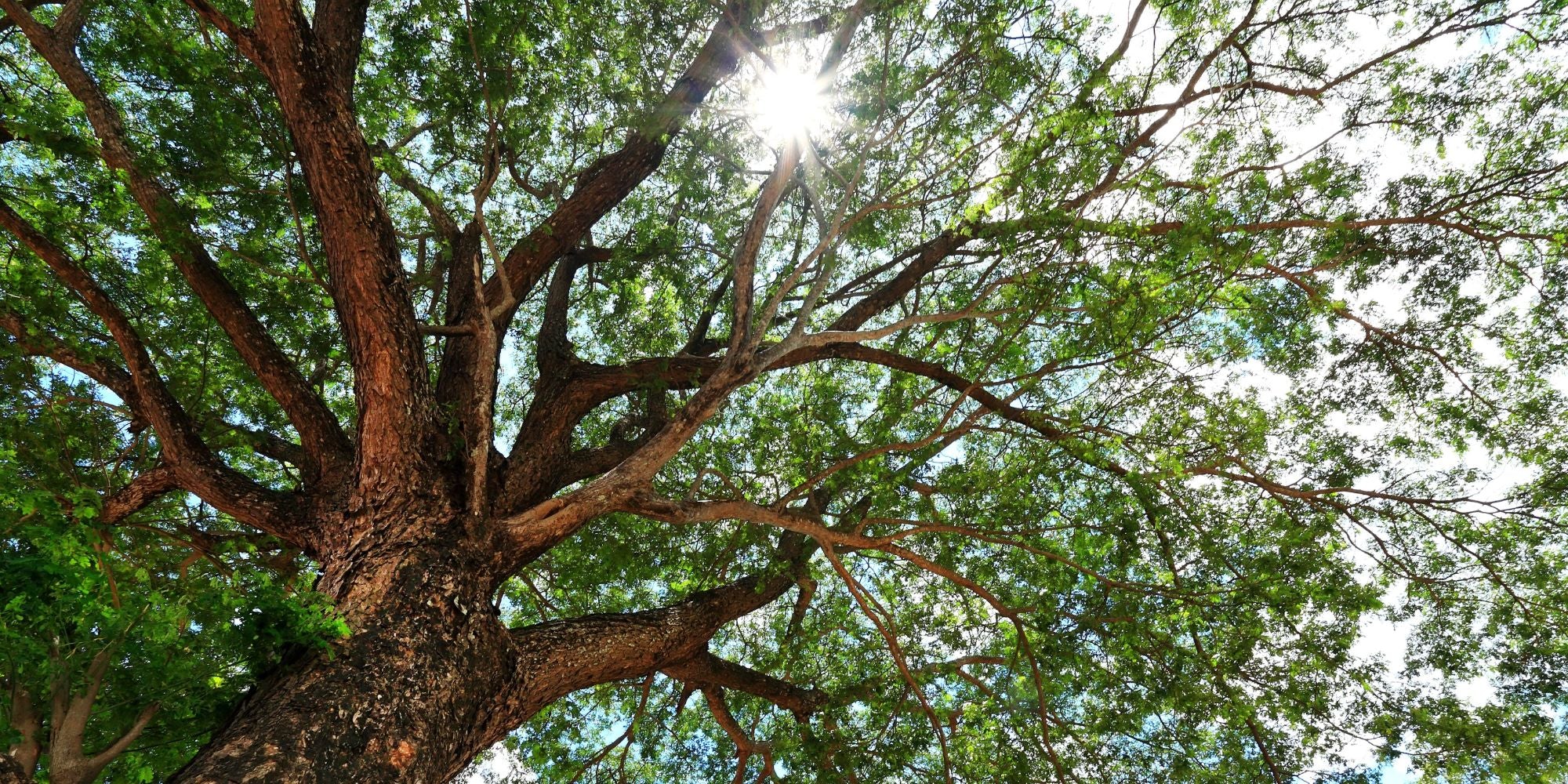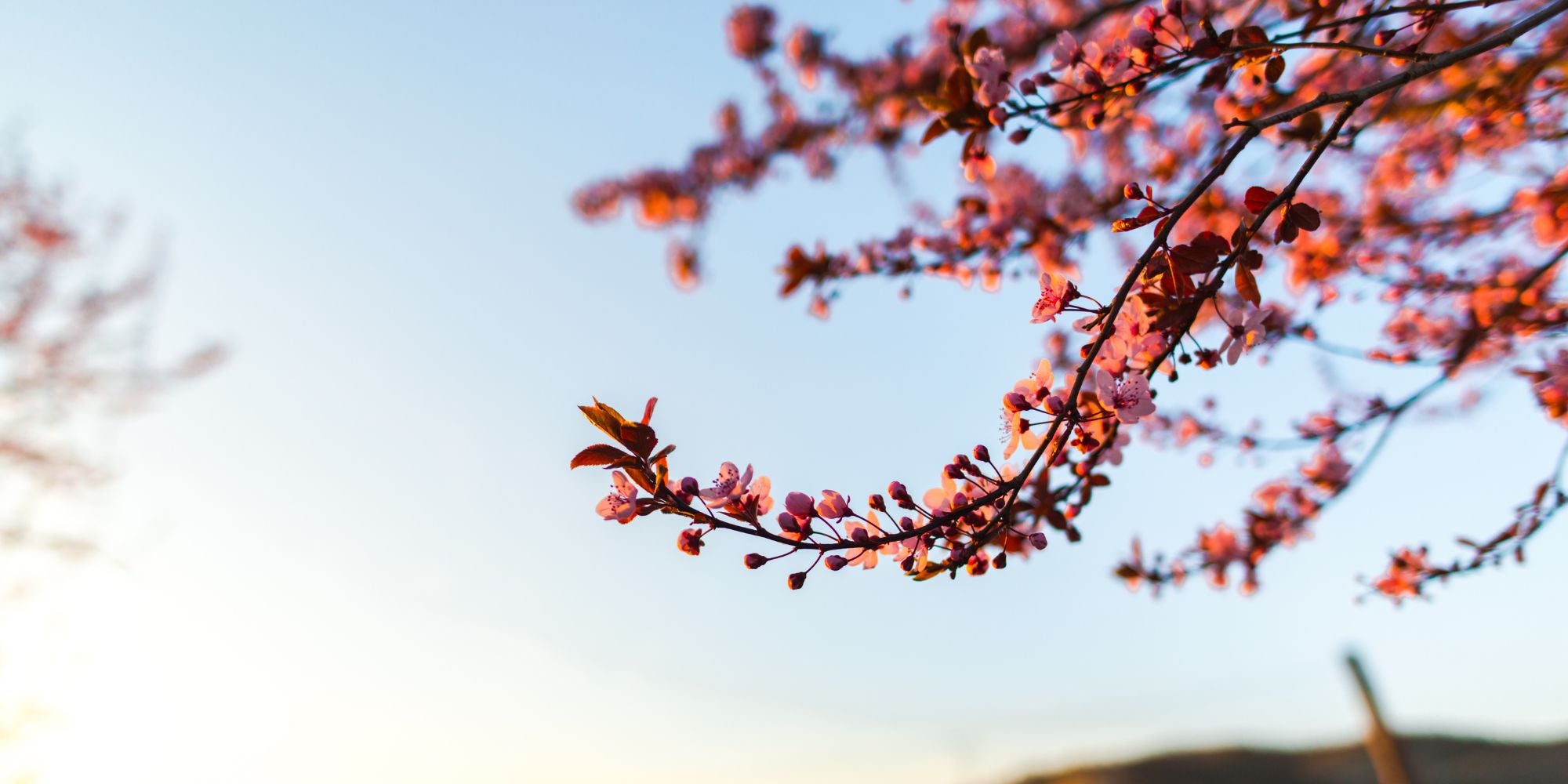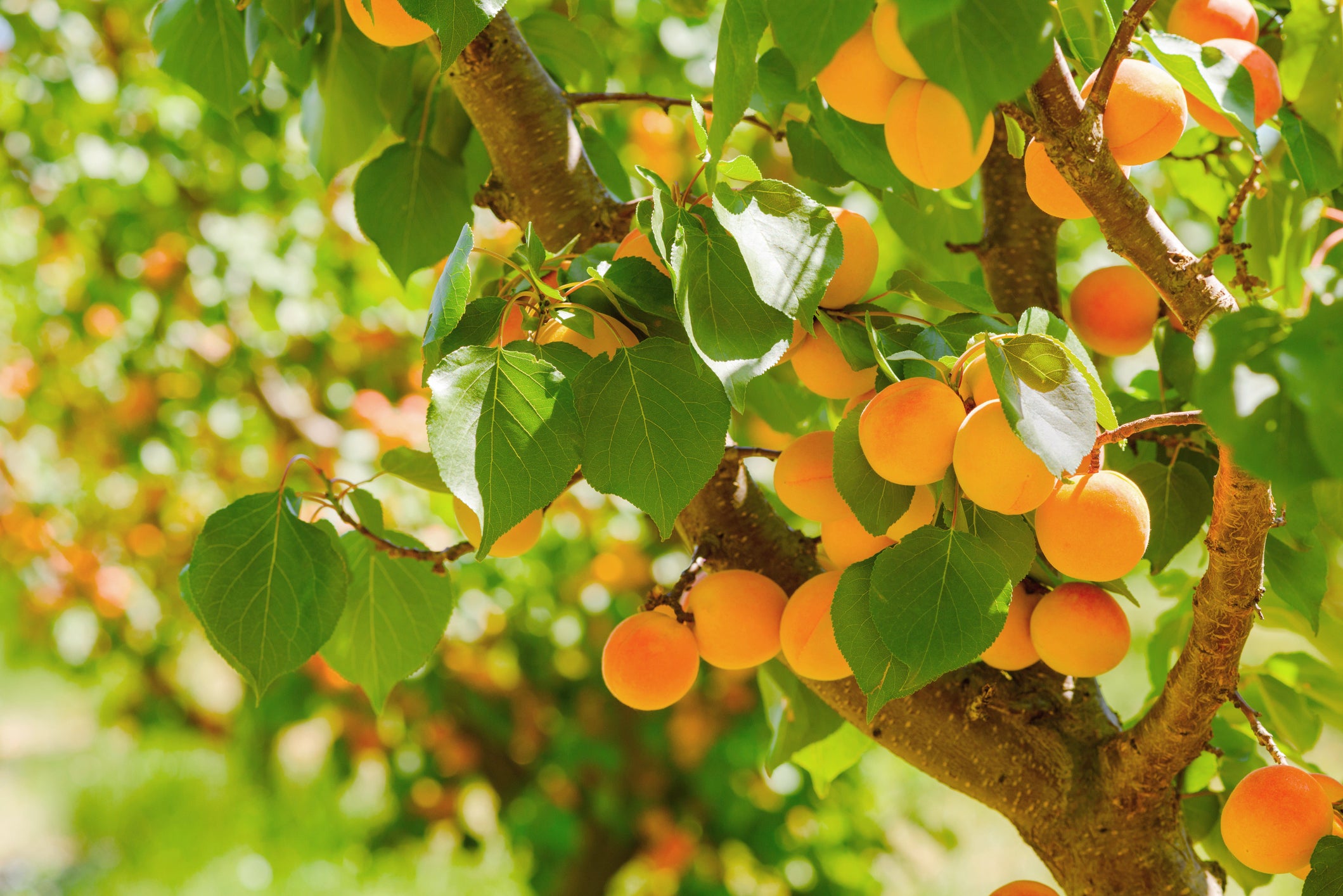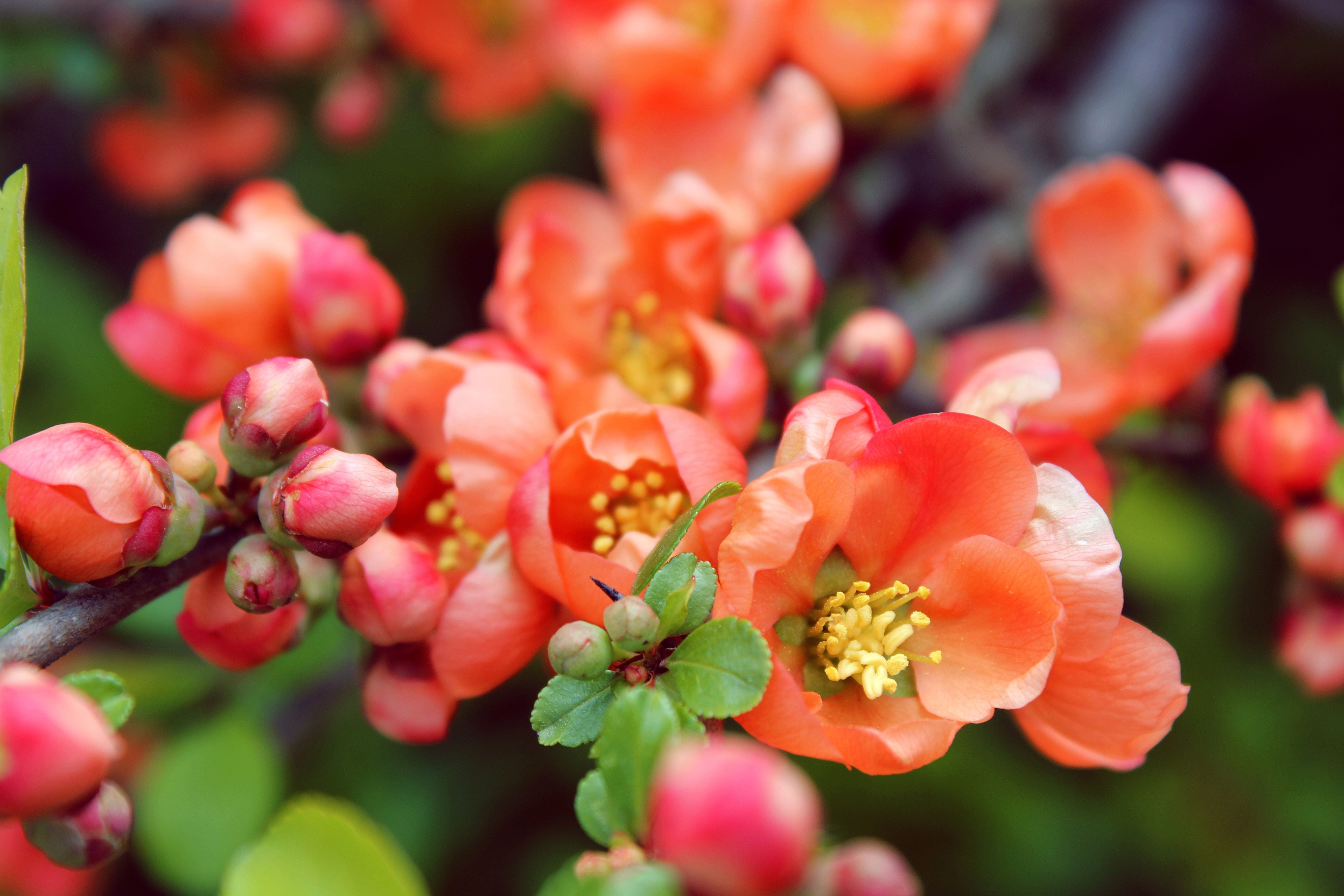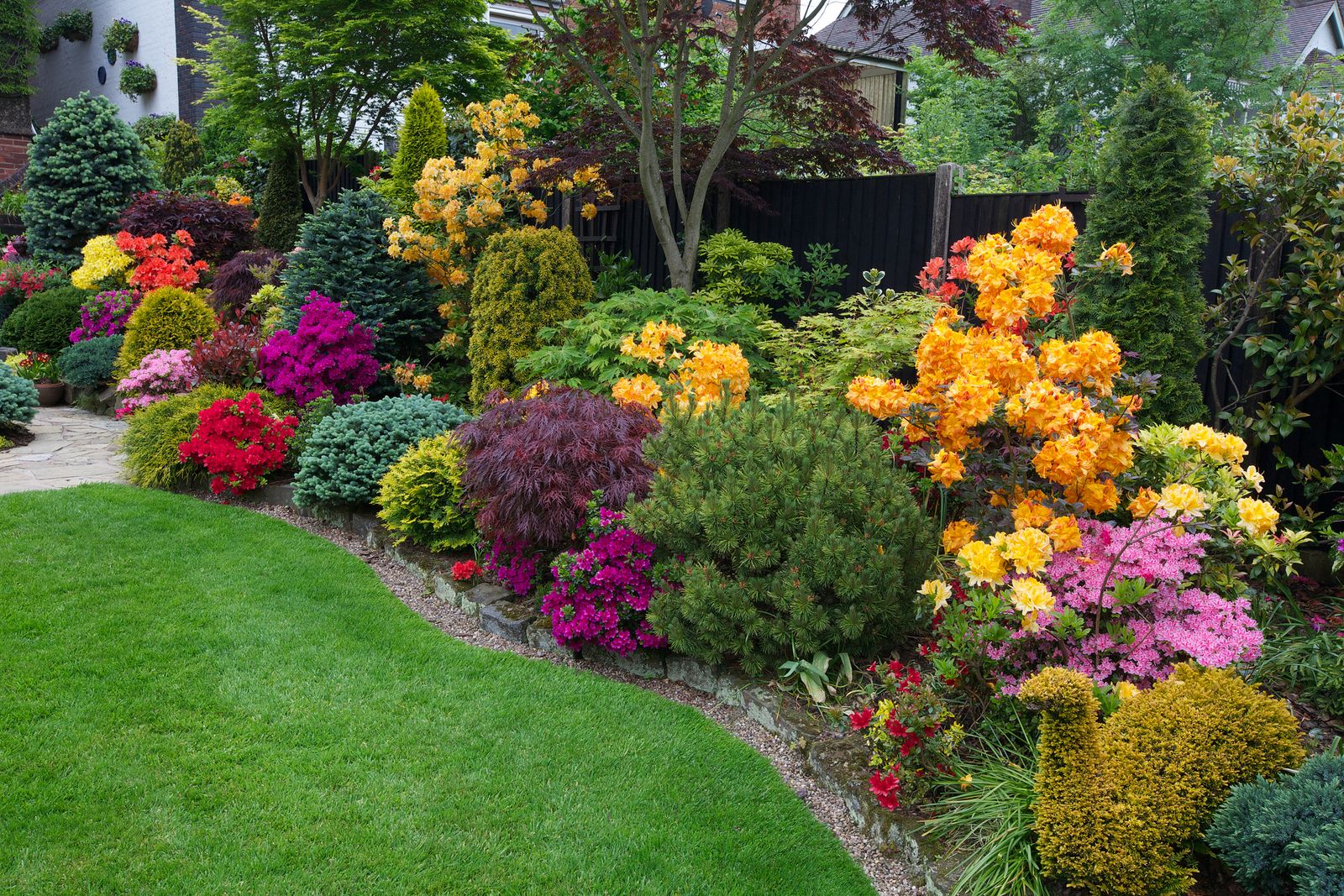A Guide To Planting And Growing Chestnut Trees
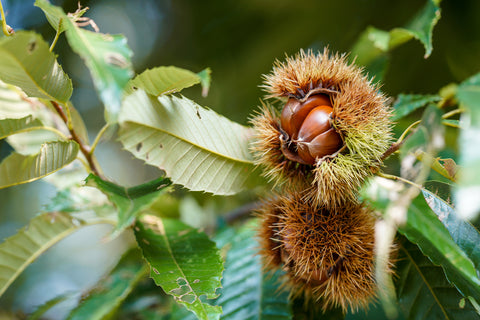
Interested in growing chestnut trees in your backyard? Planting and nurturing these majestic trees in your garden can be a fulfilling endeavor, providing you with delicious chestnuts for roasting and enhancing the beauty of your yard landscape.
Whether you're a seasoned gardener or a novice enthusiast, planting nut trees is a doable and enjoyable experience. This guide will help you through the steps to establish a thriving chestnut orchard, from planning your planting site to caring for your mature trees.
Planning Your Chestnut Orchard
Before you start planting chestnut trees, it's essential to plan your orchard carefully. Here are some key factors to consider when selecting the ideal location for your chestnut trees.
Selecting the Right Location
Choose a location for your chestnut orchard that receives ample sunlight and has well-drained soil. Chestnut trees grow well under full sun, therefore aim to plant them in an area with minimal shade from nearby structures or trees. Additionally, ensure that the soil is fertile and loamy, as chestnut trees prefer soil that has plentiful organic matter.
Soil Preparation
Preparing the soil is crucial for the success of your chestnut orchard. Start by testing the soil pH to determine its acidity or alkalinity. Chestnut trees are better planted in slightly acidic soil to neutral soil with a pH range of 5.5 to 7.0. If necessary, amend the soil with organic matter such as compost or peat moss to improve its texture and fertility.
Sunlight and Spacing Requirements
When planning the layout of your chestnut orchard, consider the spacing requirements of the trees. Chestnut trees require adequate space to spread their branches and roots fully. Allow at least 35 to 40 feet of space between each tree to ensure proper growth and airflow. This spacing also facilitates ease of maintenance, such as pruning and harvesting, as the trees mature.
Planting Your Chestnut Trees
Once you've selected the perfect location and prepared the soil for your chestnut orchard, it's time to plant your trees. Follow these steps to ensure successful establishment:
- Digging the Planting Holes
Begin by digging planting holes that are deep and large enough to properly accommodate the root system of your chestnut trees. The holes should be at least two times as large as the tree's root ball and deep enough to allow the roots to spread out comfortably. Ensure that the holes are spaced according to the recommended distance for your chosen variety of chestnut trees.
- Preparing the Tree for Planting
Before planting, carefully remove the chestnut tree from its pot or packaging. Gently loosen any tangled roots and prune any damaged or excessively long roots. Soak the roots in water for an hour or two before planting to ensure they are well-hydrated and ready for transplantation.
- Planting the Tree
Place the chestnut tree roots in the middle of the previously dug hole, making certain that the root collar sits level with the soil surface. Refill the hole using the amended soil, and then firmly press down on it to get rid of the air pockets around the roots. Start watering the chestnut tree plant in order for the soil to settle and for the roots to receive sufficient moisture.
- Mulching and Staking
Lay down a layer of mulch that’s organic, like shredded bark or wood chips, around the bottom base of the chestnut tree to conserve soil moisture and quash the growth of weeds. Be sure to leave a gap between the mulch and the trunk of the tree to prevent rot and pest infestation. Additionally, consider staking young chestnut trees to provide support and stability until they become established.
Caring for Your Chestnut Orchard
Proper care and maintenance are essential for the productivity and long-term health of your chestnut orchard. Here are some tips to help you care for your trees throughout the growing season:
- Watering
During the first few years after planting, ensure that your chestnut trees receive an adequate amount of water, especially during dry spells or hot weather. Water deeply and infrequently, allowing the soil to dry out slightly between waterings to encourage deep root growth.
- Fertilizing
Incorporate a balanced fertilizer into your chestnut tree care regimen to provide essential nutrients for healthy growth and nut production. Apply fertilizer in early spring before new growth begins, following the manufacturer's recommendations for dosage and application methods.
- Pruning
Regular pruning is essential to maintain the shape, structure, and health of your chestnut trees. Remove any dead, diseased, or damaged branches, as well as any suckers or water sprouts that emerge from the bottom base of the tree. Additionally, thin out overcrowded branches to improve airflow and light penetration within the canopy.
- Disease and Pest Control
Watch carefully for the usual diseases and pests that can affect chestnut trees, such as chestnut blight, powdery mildew as well as chestnut weevils. Implement integrated pest management strategies to monitor and control pest populations, including cultural, biological, and chemical control methods as needed.
Harvesting Chestnuts
Harvesting chestnuts is a rewarding experience that marks the culmination of your efforts in growing chestnut trees. Here's what you need to know to harvest your chestnuts at the peak of ripeness.
Timing the Harvest
Chestnuts typically ripen and fall from the trees late in summer to early in fall, depending on the specific variety and local climate conditions. Monitor your trees closely as the nuts mature, paying attention to changes in the color and texture of the husks. Wait until the husks begin to split open and the nuts inside are fully mature before harvesting.
Collecting the Nuts
Once the chestnuts are ready for harvest, gather them from the ground beneath the trees. Use gloves or a small rake to handle the spiky husks and prevent injury from the sharp spines. Be gentle when handling the nuts to avoid bruising or damaging them, as this can affect their quality and shelf life.
Storing Chestnuts
After harvesting, sort through the chestnuts to remove any damaged or spoiled nuts, as well as any debris or foreign objects. Store the chestnuts in a cool, dry place with good air circulation to prevent mold and spoilage. Chestnuts can be stored in the refrigerator for several weeks or frozen for long-term storage. Alternatively, you can dry the chestnuts and store them in airtight containers for later use.
Enjoying Your Harvest
Once your chestnuts are harvested and properly stored, it's time to enjoy the fruits of your labor. Chestnuts can be roasted, boiled, baked, or incorporated into a variety of delicious recipes, from soups and stews to desserts and baked goods. Experiment with different cooking methods and flavor combinations to discover your favorite ways to enjoy fresh chestnuts.
Get Started with Quality Chestnut Trees from Tristar Plants
Growing chestnut trees can be a fun and rewarding experience, whether you're cultivating a small backyard orchard or a larger plantation. By preparing the soil well plus providing proper care and maintenance, you can successfully grow healthy trees and enjoy a bountiful harvest of delicious chestnuts year after year.
Tristar Plants offers lovingly grown, top-notch hybrid American chestnut trees that grow to be beautiful and blight-resistant. When harvested, you’ll get chestnuts that boast a sweet, buttery, and nutty flavor, making them a delightful addition to your culinary creations. With patience, dedication, and a little bit of know-how, you can grow Tristar Plants’ chestnut plants into thriving trees that bring joy and abundance for yourself and your future generations.


